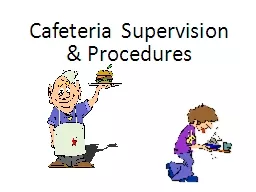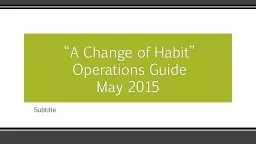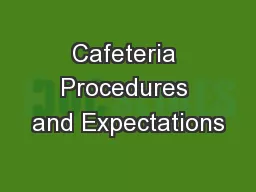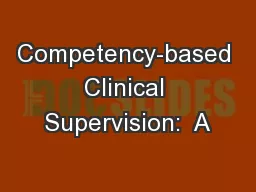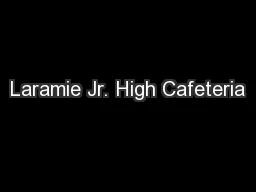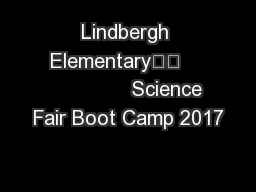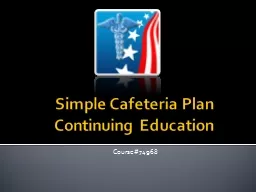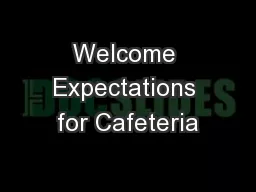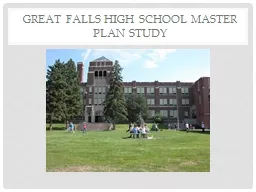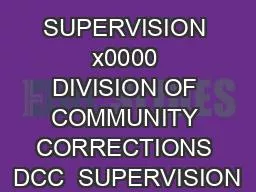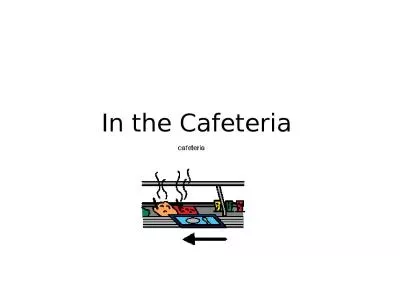PPT-Cafeteria Supervision
Author : briana-ranney | Published Date : 2016-09-04
amp Procedures Do we need to make changes to our cafeteria Is the cafeteria safe and welcoming Do students go into the cafeteria to eat or horseplay Is the noise
Presentation Embed Code
Download Presentation
Download Presentation The PPT/PDF document "Cafeteria Supervision" is the property of its rightful owner. Permission is granted to download and print the materials on this website for personal, non-commercial use only, and to display it on your personal computer provided you do not modify the materials and that you retain all copyright notices contained in the materials. By downloading content from our website, you accept the terms of this agreement.
Cafeteria Supervision: Transcript
Download Rules Of Document
"Cafeteria Supervision"The content belongs to its owner. You may download and print it for personal use, without modification, and keep all copyright notices. By downloading, you agree to these terms.
Related Documents

